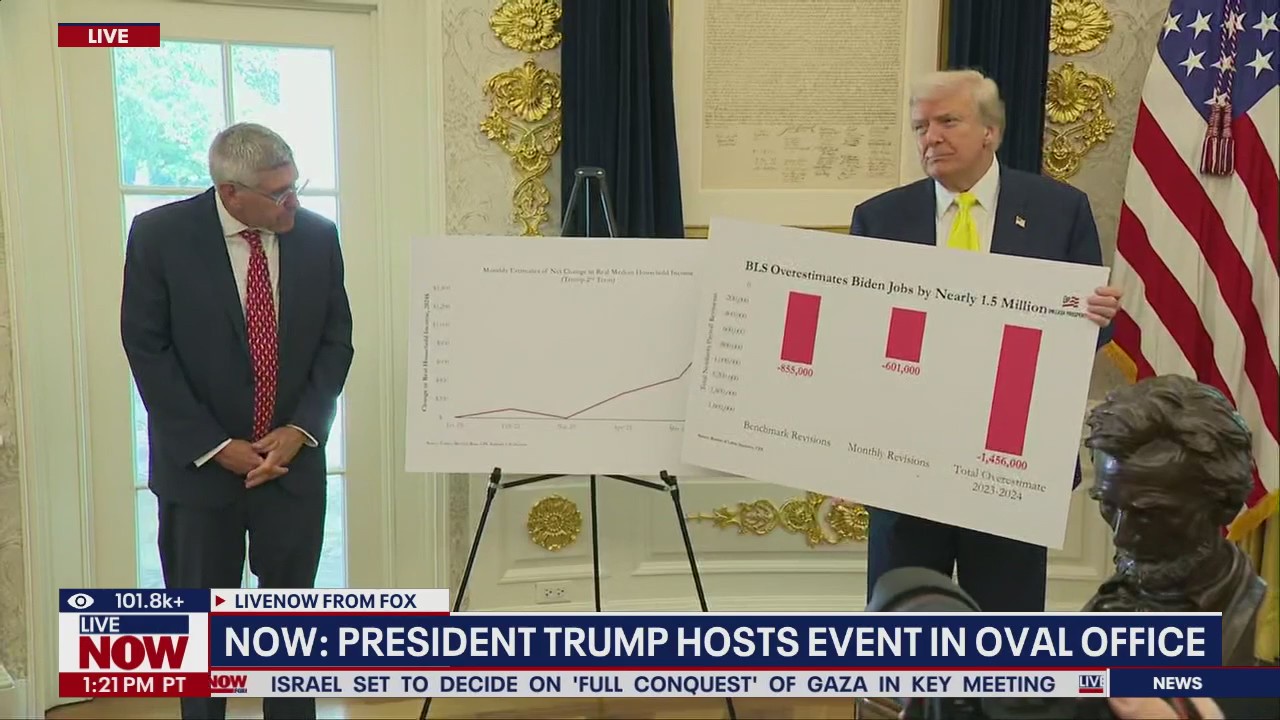Trump's Executive Order: Expanding 401(k) Investment Options with Private Equity and Cryptocurrency
Discover how Trump's executive order aims to diversify 401(k) plans by including private equity, cryptocurrency, and alternative investments.
Page views: 2

In a significant move to reshape retirement savings, President Donald Trump has signed an executive order aimed at expanding investment options for 401(k) plans. This directive instructs regulators to ease the inclusion of private equity, cryptocurrency, and other alternative investments into these retirement portfolios. The order marks a pivotal step towards diversifying the typically conservative investment strategies associated with 401(k) plans.
Traditionally, 401(k) plans have focused on stocks, bonds, and mutual funds. However, the inclusion of alternative investments such as private equity and cryptocurrency could offer plan participants opportunities for higher returns. These asset classes, while more volatile, have shown potential for substantial growth, which could be beneficial for many investors looking to bolster their retirement savings.
The executive order aligns with a broader trend of seeking to modernize and enhance retirement savings options to better meet the needs of today’s workforce. As the financial landscape evolves, so too must the strategies employed to ensure robust retirement savings. By integrating these alternative investments, 401(k) plans can potentially capture a wider array of market opportunities.
However, the shift to include private equity and cryptocurrencies is not without its challenges. Critics argue that these investment types come with significant risks, including higher fees and greater market volatility. As such, it's crucial for regulators to establish comprehensive guidelines to protect investors and ensure the transparency of any new offerings within 401(k) plans.
In conclusion, Trump's executive order could revolutionize the way Americans save for retirement by providing access to a broader spectrum of investment vehicles. As financial advisors and regulators work to implement these changes, it will be important for investors to stay informed and consider how these new options align with their individual retirement goals.
Published on: August 8, 2025, 10:02 am



